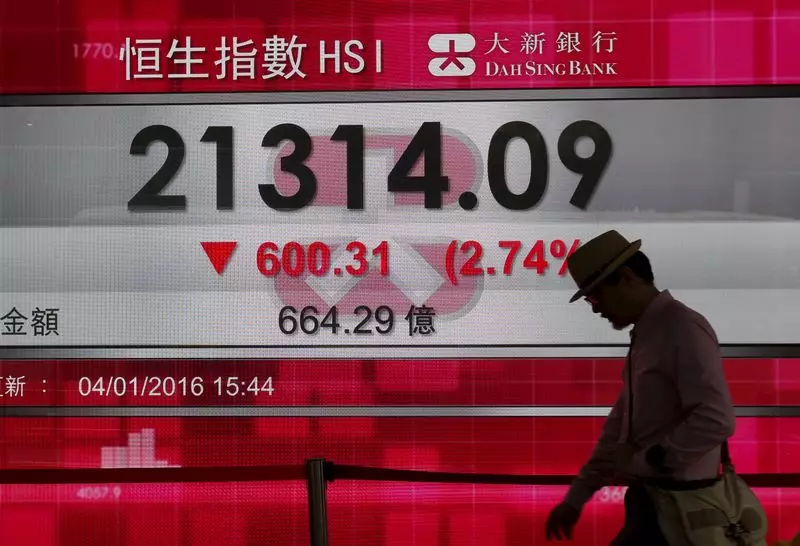In a striking turn of events, the Chinese financial markets have witnessed a surge in activity following the announcement of several ambitious policy initiatives. Analysts have likened these measures to deploying a “bazooka,” suggesting that they are intended to invigorate both the domestic equity markets and international investments tied to China. While a temporary upswing in market sentiment is evident, there are lingering doubts about the lasting impact of these policies on the broader economy.
The initial response to these recent policy shifts has been a palpable rush among investors, eager to capitalize on what appears to be a golden opportunity for growth in Chinese equities. Stock prices have seen a rally, drawing in both domestic and international investors with the anticipation of improved returns. Despite this excitement, it is crucial to recognize that such a surge may not necessarily indicate sustainable recovery. The metrics driving this immediate response are indicative of a market that has been oversold, raising questions about the solidity of what is essentially a reactionary bounce rather than a foundational improvement.
Despite the short-term gains in the stock market, analysts at BCA Research forecast a more sobering reality. Structural challenges persist within the economy that these policies are unlikely to rectify. Foremost among these issues is China’s entrenched debt situation, which poses substantial risks to economic stability. Weak household sentiment further exacerbates this landscape, as citizens maintain a cautious approach toward spending, ultimately hindering consumer-driven growth.
Moreover, confidence in private enterprise is waning. Many business leaders remain skeptical about the government’s intentions, particularly concerning large private corporations. This skepticism is compounded by the ongoing repercussions of anti-corruption initiatives, which leave local governments grappling with debt management and hamstring their ability to stimulate growth effectively.
While the latest policy measures may have emboldened the stock market temporarily, analysts contend that the impact on overall economic activity will be limited. BCA Research noted that the subsidies introduced constitute merely 0.8% of GDP, a figure that lacks the heft necessary to foster meaningful economic recovery. This tepid response further emphasizes the need for substantial policy interventions, such as targeted quantitative easing, especially in the struggling property sector, which remains a significant drag on progress.
Unfortunately, past attempts, including a financial initiative for property developers, failed to generate the desired results. The prospect of additional monetary stimulus looms large but is complicated by persistently high lending rates in a deflationary environment, which deter new borrowing and investment.
While the recent policy announcements may have provided an immediate spark to financial markets in China, the broader economic implications remain uncertain. Structural issues like debt deflation, low consumer sentiment, and distrust in government policies continue to overshadow any potential gains. Without significant and targeted fiscal intervention, China’s economy may struggle to regain its footing in the face of these persistent challenges. As investors and analysts alike navigate this complex landscape, the critical question is whether the current measures will translate into lasting economic revitalization or merely serve as a temporary reprieve for financial markets.

